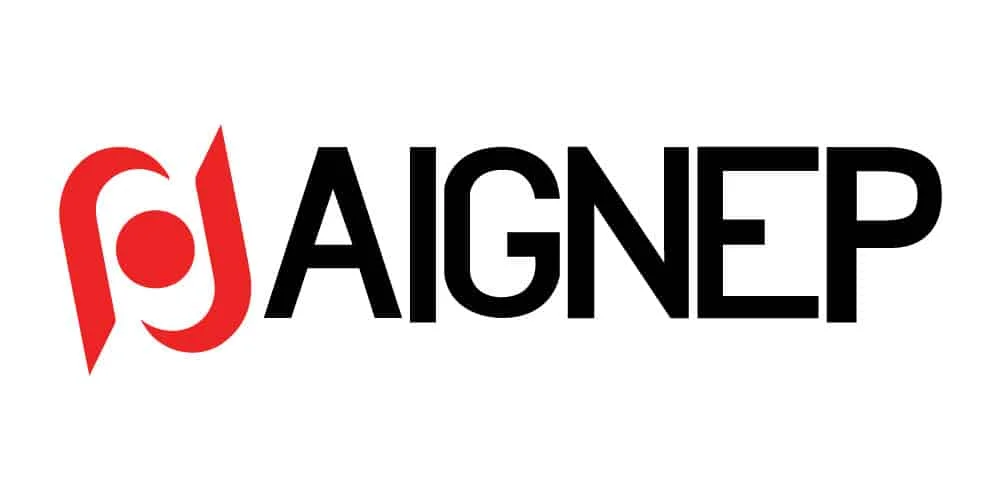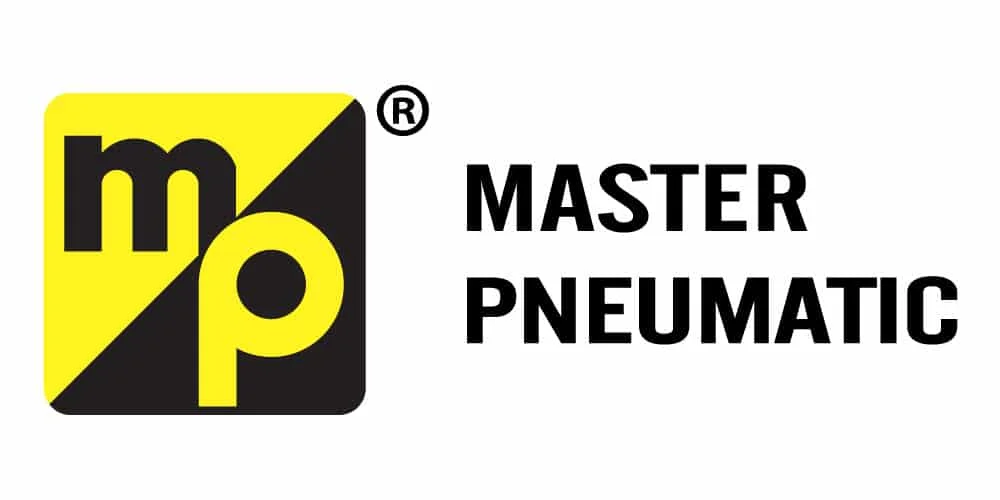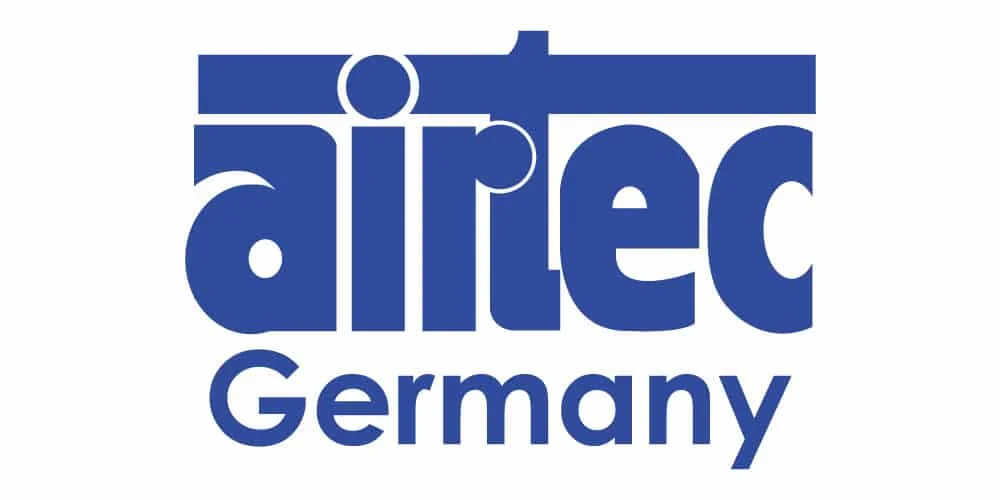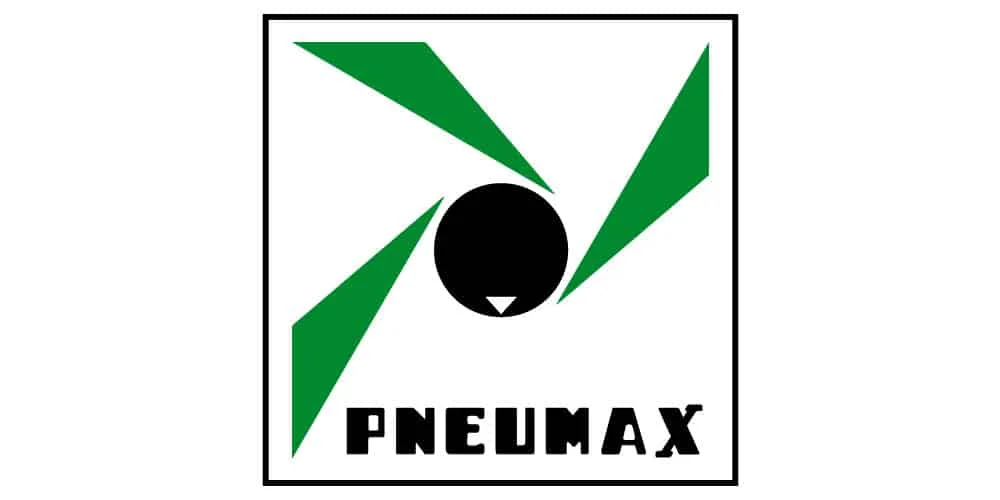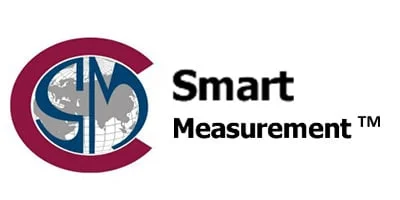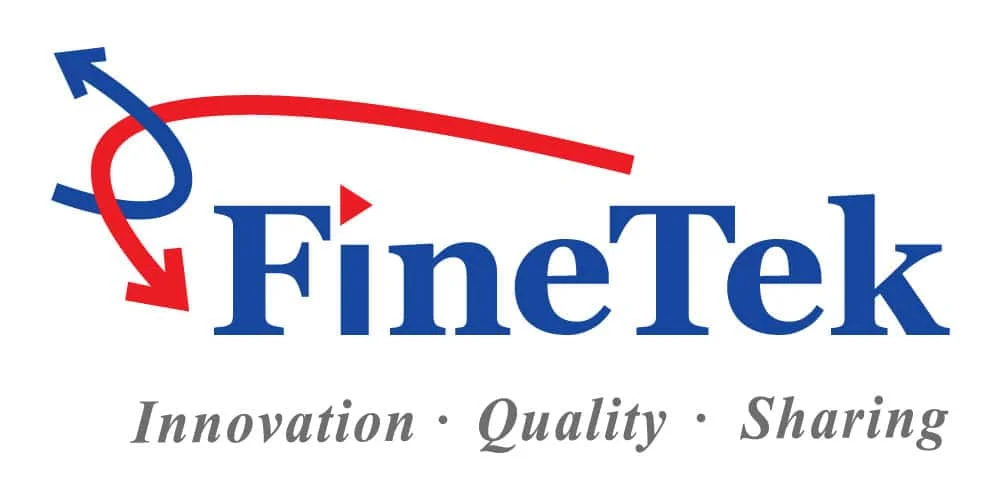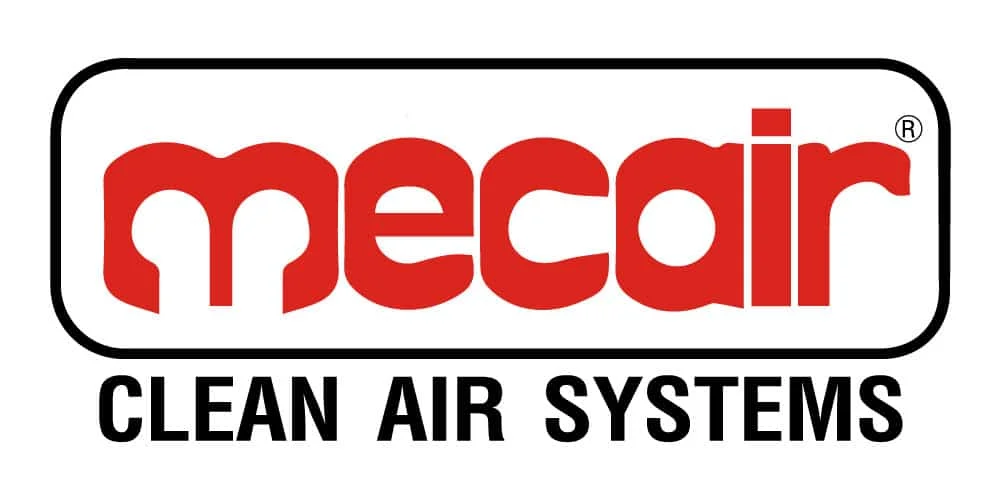What are Pressure Regulators?
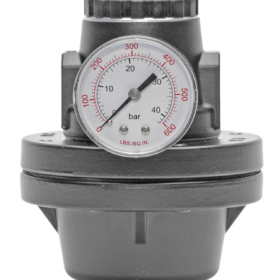
A pressure regulator is a valve that regulates the pressure of a medium, either gas or liquid, by reducing a high input pressure to a controlled lower output pressure. Good pressure regulation is crucial to the efficiency of a pneumatic equipment. For instance, a compressor may supply air at 160 psig, but most equipment function best at low pressures. A regulator is also essential for cost saving for compressed air is costly, which means that using higher air pressure than necessary is wasteful and may even shorten the lifespan of the cylinder. Pressure regulators are used in my applications like regulating oxygen in healthcare equipment, regulating propane used in gas grills, and regulating the supply of compressed air in industrial applications.
There are two basic designs of regulators: Piston and Diaphragm. The piston design gives the highest air flow while the diaphragm design gives high sensitivity and quick response. Most pressure regulators are self-relieving, but there are also non-relieving regulators.
The Basic Elements of a Pressure Regulator
A basic pressure regulator consists of:
- A Pressure Reducing Equipment (eg. poppet valve)
- A loading equipment that applies necessary force to the reducing equipment (eg. spring, piston actuator, or diaphragm actuator)
- A sensing equipment (eg. piston or diaphragm)
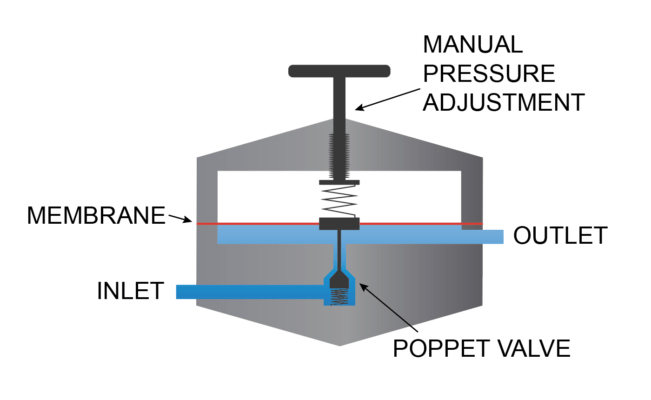
Types of Pressure Regulators
Direct-Operated Pressure Regulator
As represented in Figure 2., this type of regulators are extremely simple and normally operate at lower set pressures usually below 0.07 bar or 1 psi and have a greater accuracy. They are self-contained with a spring actuated valve that is directly controlled by a diaphragm. Pressure from the medium will activate the diaphragm, closing the valve plug by compressing the spring. When the downstream pressure falls, the spring force is greater than the force of the medium that was acting on the diaphragm and the valve opens.
Pilot-Operated Pressure Regulator
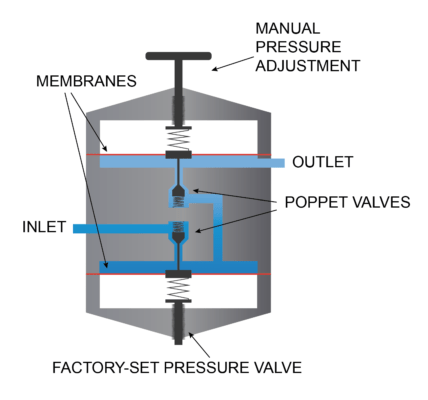
A pilot-operated regulator is either a one or two stage device. A single-stage pressure regulator is ideal for relatively small reduction in pressure and is not suitable for situations where there are large fluctuations in inlet pressure or flow rates. A double-stage regulator as shown in Figure 3. is the most common pilot-operated pressure regulator used nowadays. They provide accurate regulation for a wide range of pressures and capacities but can only be used with clean fluids or gasses as their small ports and passages can be clogged easily. Both types are ideal for applications with large variation flow rates.
Other Functions of Pressure Regulators
Apart from reducing input pressures, pressure regulators can perform other functions as well:
-
Vacuum Regulators
-
Pressure Switching Valves
- They are either 2/2-Way or 3/2-Way and can switch.
-
Back Pressure Regulators (aka. Pressure Relief Valves)
- They are used to limit the pressure within a system to a calculated maximum by diverting some or all fluid or gas coming from the pump to the tank when the set pressure is reached. In general, they maintain a desired input pressure by varying the flow of the medium in response to a change in the input pressure
Selection Criteria for Pressure Regulators
- Accuracy
- Material
- Capacity or Flow
- Operating Pressure Range
- Operating Temperature Range
- Nature of the Medium (Fluid or Gas)

สำหรับข้อมูลเพิ่มเติม โปรดติดต่อเรา:
โทร: 02-384-6060 | ไลน์: @flutech.co.th | อีเมล: [email protected] | เฟสบุ๊ค: @flutech.co.th
Keyword: Filters, Regulators, Pressure Regulators, Lubricators, FRLs, Air Service Units
Source: Tameson, Ross, and Master Pneumatic



